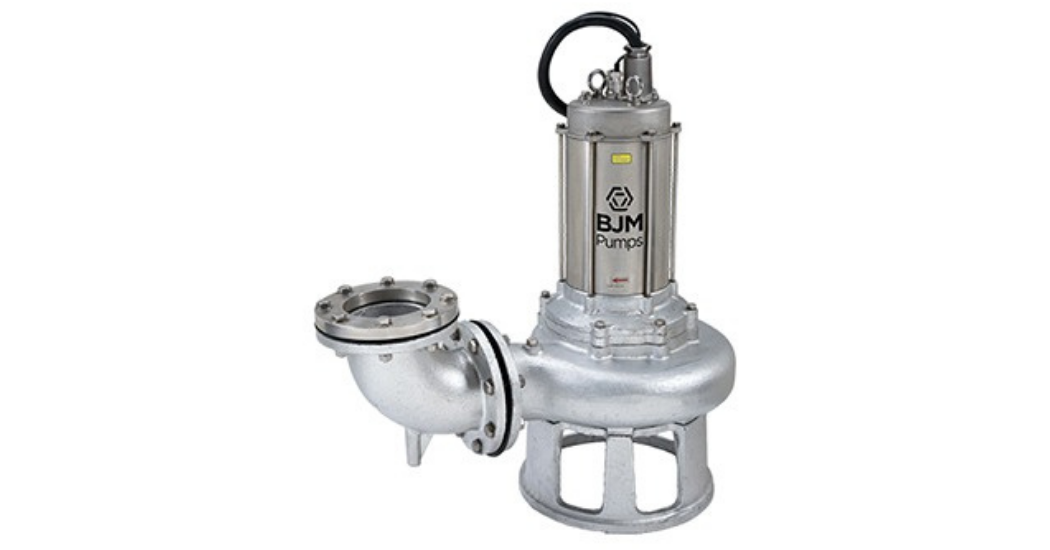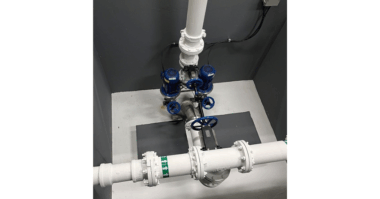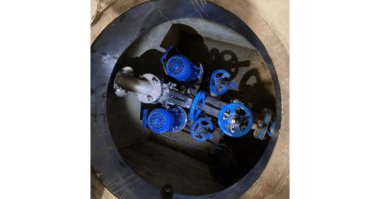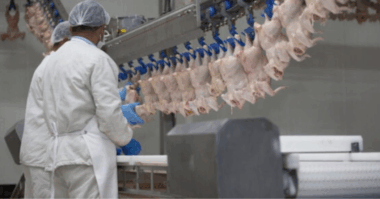In a previous blog post, Industrial Flow Solutions discussed how stainless steel submersible pumps cure corrosion-related pump problems. In many applications, corrosive liquids combine with other factors, such as high temperatures, hard-to-pass solids, and potentially explosive environments. These require more than a standard submersible stainless steel pump.
High Temperature and Heavy-Duty Cycles
Although 316 stainless steel pumps are highly corrosion resistant, they do have some drawbacks. The most significant is that they take seven times longer to dissipate heat than traditional cast iron pumps. Retaining heat for extended periods can lead to premature pump failures when pumping corrosive liquids at elevated temperatures.
Here’s how this damaging chain of events begins. The high-temperature liquid limits the pump motor’s ability to cool itself through heat transfer. As the motor runs hotter, the seal oil begins to break down. The degraded seal oil can’t cool the seal components properly. As the temperature of the seals rises, the seal elastomers break down and lead to fluid leaking into the motor chamber. Fluid in the motor chamber causes the electric motor to short and the pump to fail.
Additionally, heavy duty cycles involving frequent starts or long run times cause the motor to run hotter. Solving these problems requires stainless steel pumps that withstand temperatures up to 200°F (93°C).
These applications are relatively common, and BJM has helped many customers with them. For example, managers at California Olive Ranch were having problems with the cast-iron pumps used to transfer hot wastewater runoff from two drainage sumps to their wastewater treatment system. The combination of hot, caustic cleaning fluid and high head were causing the cast-iron pumps to fail often. Their pump provider recommended two BJM JXF Fahrenheit® Series pumps. These 316 stainless steel pumps stand up to the caustic cleaning solution and withstand liquids up to 200oF. And, they can handle up to 90 feet of head. After a successful trial, the BJM JFX Fahrenheit pumps have been performing flawlessly for more than a year.
Shredding Solids
The addition of solid materials brings another level of difficulty. West Fraser, North America’s largest lumber producer, encountered such a problem at their sawmill in Leola, Arkansas. Runoff pits beneath the wood-drying kiln collect acidic condensation from the lumber, which is then pumped back to the powerhouse for filtering. The condensation – carrying bits of wood, bark, and sand – often clogged the self-priming centrifugal pumps, forcing managers to replace the pumps frequently. BJM recommended our Fahrenheit® SKXF Series Stainless Steel shredder pumps. These pumps stand up to acidic runoff and hot liquids, and their impellers shred and clear the debris in the bottom of the pit. Today, the SKXF Series pumps are performing exactly as hoped, with no premature failures.
Safety Solution
Some applications have the potential for explosions. This can happen due to hazardous gases that result from the combination of certain acidic fluids and chemicals that can ignite if the pump were to produce too much heat or cause a spark. BJM’s XP-SKX Series Stainless Steel submersible pumps are approved for use in Class I, Division 1, Groups C & D Hazardous Locations.
If your applications involve corrosive liquids and the elements above, BJM has the perfect pumping solution for you. If you need help identifying the pump you need, Industrial Flow Solution’s online Product Selector Guide narrows your choice based on five questions about the liquid you pump. For additional help in selecting and sizing the right pump for your application, contact IFS at 860-399-5937 or request more information.




